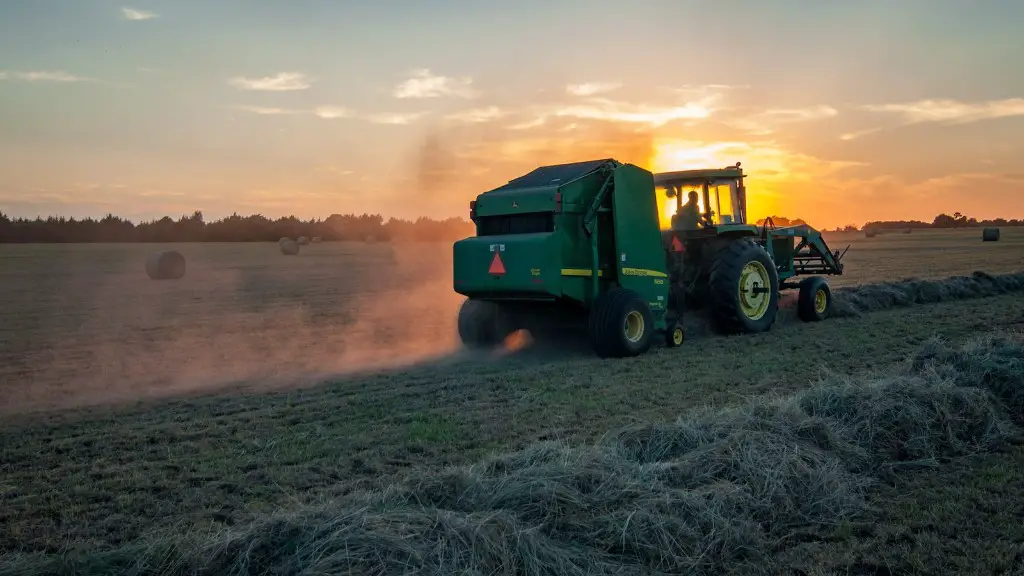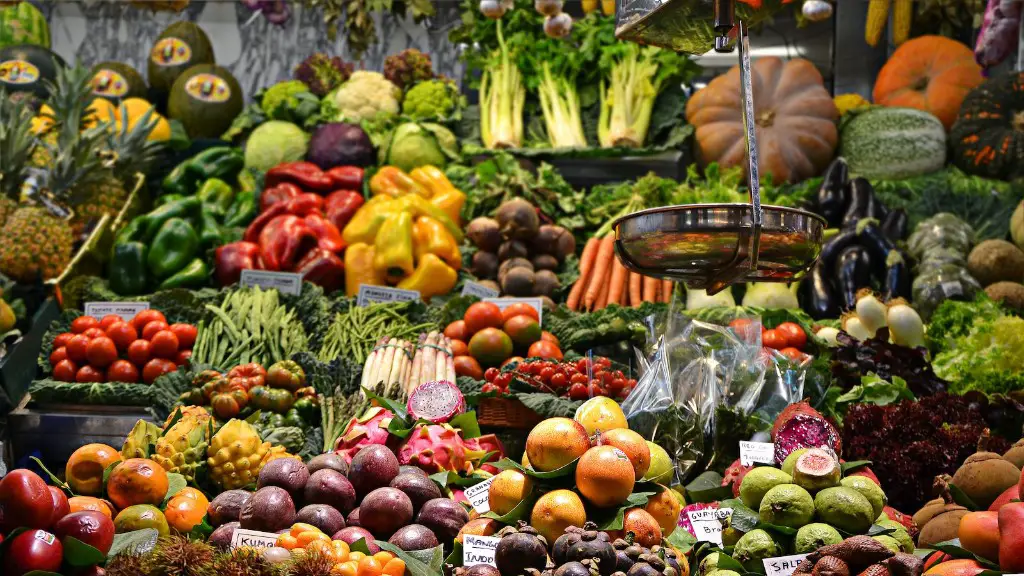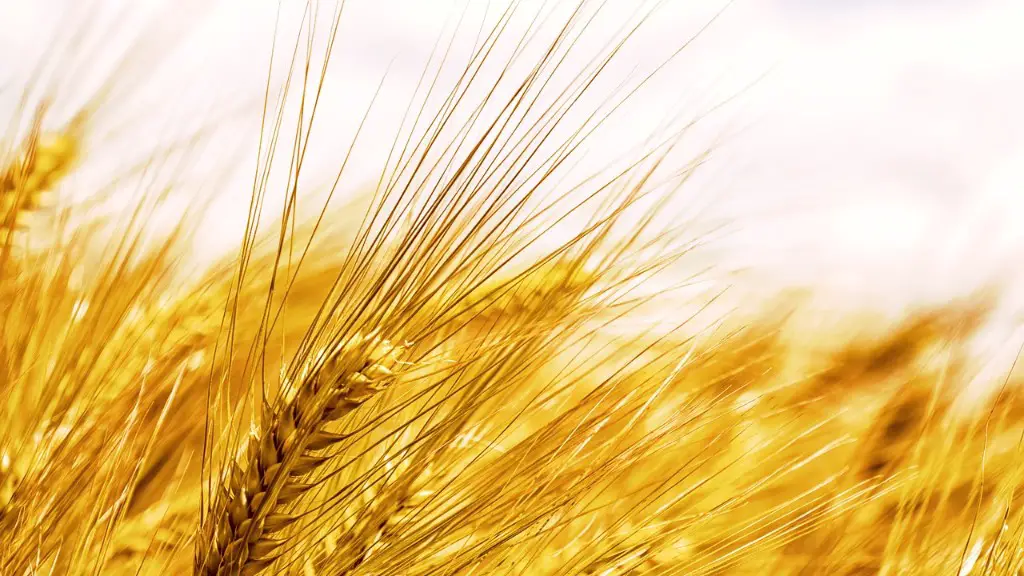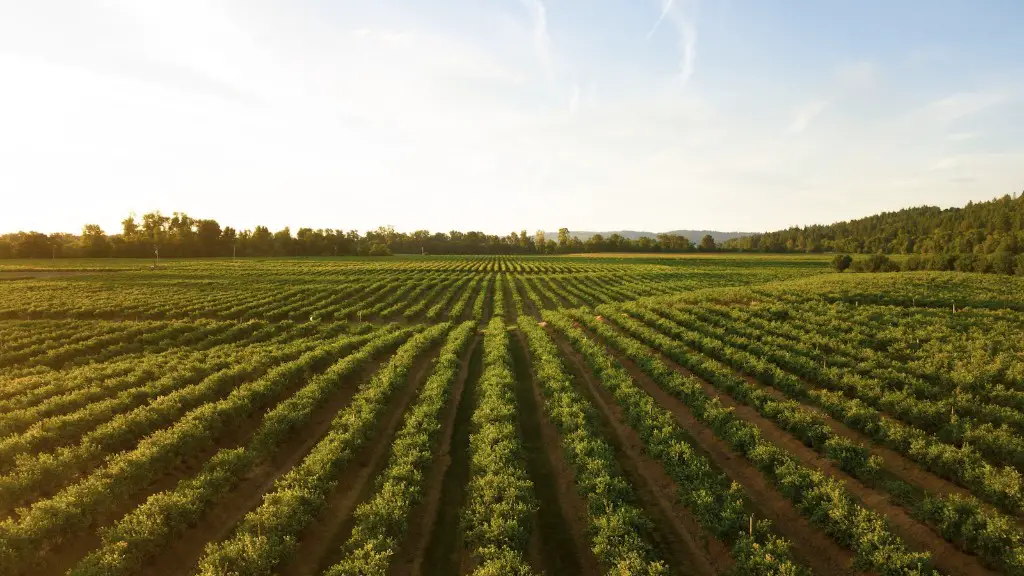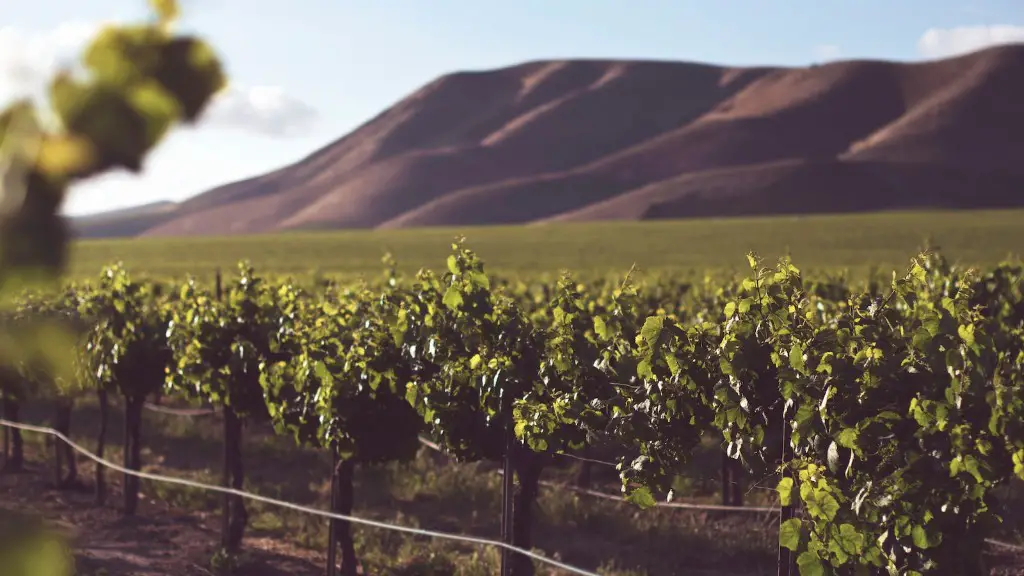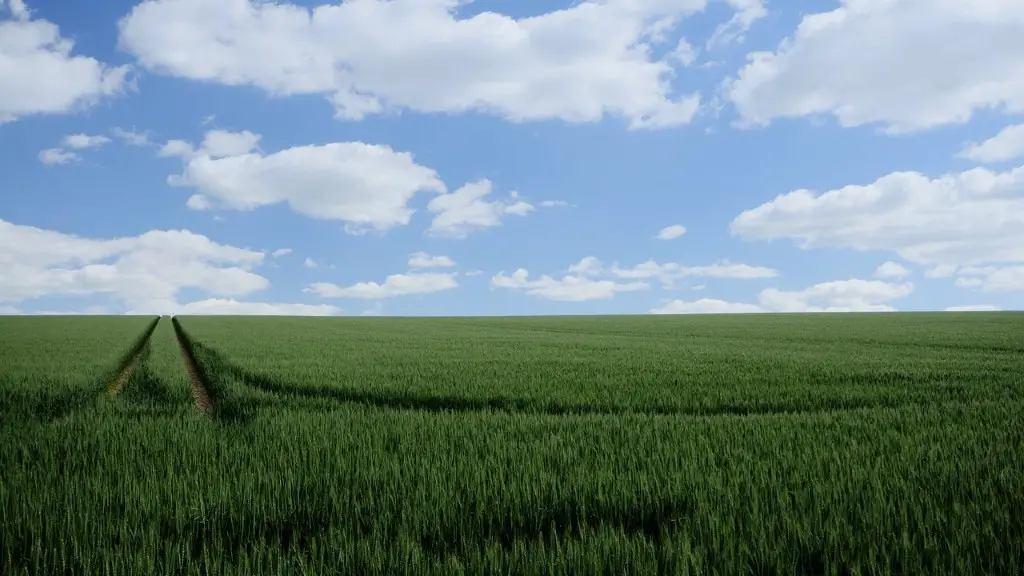soil is one of the most important natural resources for agriculture. It is the upper layer of the earth’s crust that is full of organic matter, minerals, and other living organisms. This makes it ideal for growing crops, as it provides them with the nutrients they need to grow. Soil is also important for water retention, as it helps to keep moisture in the ground and prevent droughts.
The soil is important in agriculture because it is the medium in which crops are grown. The quality of the soil impacts the health of the plants, which in turn affects the yield.
Soil fertility and texture are key components in agricultural productivity. Fertility is a measure of the ability of the soil to provide plants with the nutrients they need to grow, while texture is a measure of the relative proportions of sand, silt, and clay in the soil.
What are the 3 importance of soil?
Soil is important for many reasons. It is the foundation of plant life and it filters our water. Healthy soils are essential for healthy plant growth, human nutrition, and water filtration.
Soil is an essential component for plant growth and tree support. The root systems of plants and trees rely on soil for support, and the soil provides roots with essential nutrients and minerals. Soil is also responsible for exchanging oxygen and gases, and protecting against erosion. Marine soils play an important role in protecting coastlines, and the filtering properties of soil help to hold water and decompose organic materials.
What is the importance role of soil
Healthy soils are essential for food security. They provide a host of crucial services for both people and the planet. Soil puts food on our plates, purifies our water, protects us against flooding and combats drought. It’s also key to tackling climate change as it captures and stores vast amounts of carbon. Without healthy soils, we cannot have food security.
Soil structure is the arrangement of soil particles into larger units called aggregates. Soil with a good structure is well aerated, has good drainage, and is easy for roots to penetrate. Good soil structure also helps to resist compaction, erosion, and waterlogging.
There is strong evidence that a range of benefits are associated with good soil structure, including improved biodiversity, agricultural productivity, clean water, and flood prevention. In addition, good soil structure can help to mitigate the effects of climate change.
Which is the most important soil and why?
Alluvial soil is very important for agriculture as it is very fertile. These soils have been deposited over time by three important river systems in the Himalayas – the Indus, the Ganga and the Brahmaputra. Alluvial soils are very productive and are used to grow a variety of crops.
Loamy-textured soils are commonly described as medium textured with functionally-equal contributions of sand, silt, and clay. These medium-textured soils are often considered ideal for agriculture as they are easily cultivated by farmers and can be highly productive for crop growth. The term “loam” typically refers to a soil with a mixture of sand, silt, and clay that is roughly 40-60-40%.
What are the 10 benefits of soil?
Soil is an important natural resource that provides many benefits for humans. Plants that grow in the soil can be used for medicines, clothing, building materials, etc. Soil provides anchorage for roots and holds water and nutrients. Nutrients are recycled in the soil. Soil is a natural medium for filtering and purifying water. All of these benefits show that soil is a vital resource for humans and should be protected.
There is no one-size-fits-all answer to this question, as the importance of soil varies depending on the context in which it is considered. However, some of the key functions of soil include:
1. Food and other biomass production: Soil is essential for plant growth, and thus food production. It also supports other forms of biomass production, such as forestry.
2. Environmental interaction: Soil plays a crucial role in the global water and carbon cycles, and thus has a major impact on the Earth’s climate.
3. Biological habitat and gene pool: Soil is home to a huge diversity of microorganisms, including many that are essential for key ecosystem functions. It also acts as a reservoir for plant and animal genes.
4. Source of raw materials: Soil provides a wide range of materials that are essential for human activities, including metals, minerals, rocks, and water.
5. Physical and cultural heritage: Soil has a major impact on the physical landscape, and is also an important part of our cultural heritage.
6. Platform for man-made structures: Soil is the foundation for all kinds of man-made structures, from houses to roads to pipelines.
Why is soil a necessary resource
Soil is one of the most important things on Earth. Not only does it provide a home for billions of organisms, it also helps to filter water and provide nutrients for plants. Soil is also a major source of antibiotics, which are used to fight diseases.
Soil texture and structure are two of the most important properties of soils. Soil texture refers to the composition of the soil, while soil structure refers to the way the particles are arranged. The main components of soil texture are sand, silt, clay, and organic matter. These components affect the way the soil feels and how it is cultivated.
What is the most important factor in soil?
This is probably the most important factor that can shape the formation of soils. Two important climatic components, temperature and precipitation are key. They determine how quickly weathering will be, and what kind of organic materials may be available on and inside of the soils.
Soil pH is a measure of the acidity or alkalinity of a soil. It is an important factor in plant growth because it directly affects the availability of essential nutrients to plants. It is also important to know the optimum pH for the plants to be grown, as this can vary depending on the plant species. Soil pH also affects the adaptability of plants in a given soil. Most agricultural plants prefer a slightly acidic pH of 6.4-6.8.
What is soil according to agriculture
Soil is incredibly important for plant growth, as it is the natural medium in which they gain anchor and support. Soil also provides many essential nutrients and minerals for plants, and acts as a storage reservoir for water. Soil horizons are formed through weathering and leaching of minerals and organic matter, and are essential for proper plant growth and function.
Soils play a vital role in plant growth and development. They provide the necessary heat, water, and nutrients for plants to mature and thrive. Soils also support the growth of other plants and organisms, which in turn creates healthy and diverse ecosystems.
What are the two most important things for which we depend on soil?
The soil is essential for human life as it provides us with food, shelter and clothing. Minerals and water are also necessary for our survival and are obtained from the soil. Without the soil, we would not be able to live.
Soil and vegetation have a reciprocal relationship. Fertile soil encourages plant growth by providing plants with nutrients, acting as a water holding tank, and serving as the substrate to which plants anchor their roots. In return, plants play a vital role in the health of soils. They help to improve soil structure, increase water infiltration and help to reduce erosion.
What are the five main components of soil
Soil is an important natural resource that plays a key role in sustaining life on Earth. It is a complex mixture of minerals, organic matter, living organisms, gas, and water. Soil minerals are divided into three size classes — clay, silt, and sand (Figure 1); the percentages of particles in these size classes is called soil texture. The mineralogy of soils is diverse, and includes a variety of elements such as carbon, oxygen, nitrogen, phosphorus, sulfur, and magnesium.
The favourable soil for farming is loamy soil. It has an equal amount of clay, sand, and silt. They are highly productive for the growth of crops. The drainage of water is also good in loamy soil, which is essential for the growth of crops. This type of soil is found in river deltas and floodplains.
Warp Up
The importance of soil in agriculture cannot be overstated. Soil is the foundation of any agricultural system, and its physical, chemical, and biological properties directly affect crop production. Good soil fertility is essential for optimum crop yields, and soil health is critical to the sustainable production of food, feed, fiber, and fuel.
Soil is a critical part of agriculture as it is the foundation for all plants. It provides support, water, nutrients, and moderates temperature for plants to grow. Good soil is essential to producing a high yield of crops as well as to preventing soil erosion. Therefore, it is important to manage and conserve soil resources to ensure a sustainable and productive food supply.
